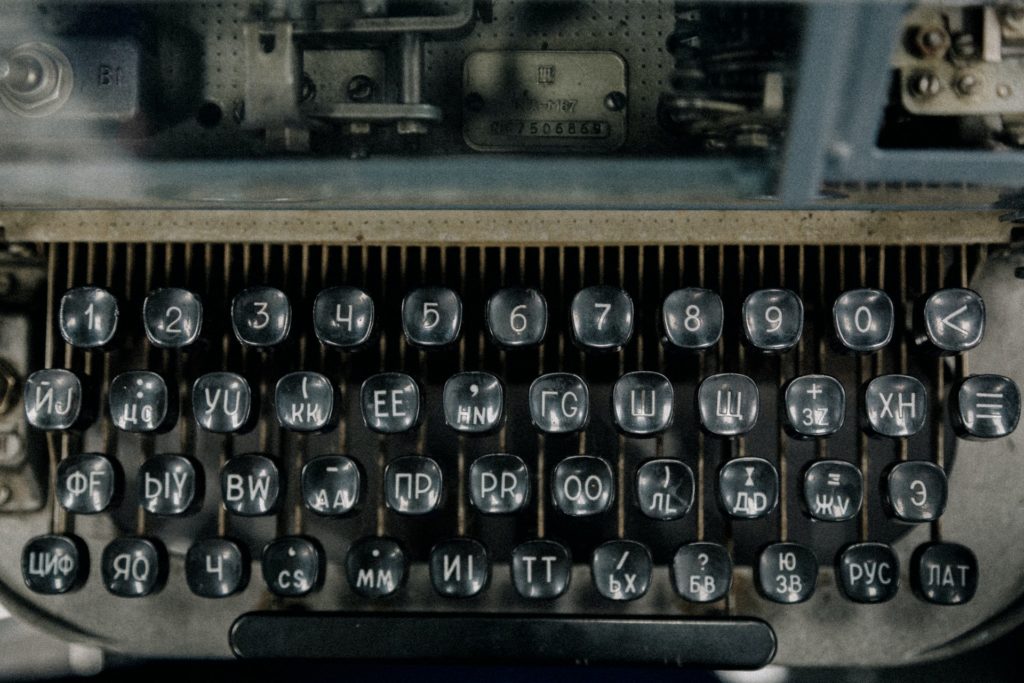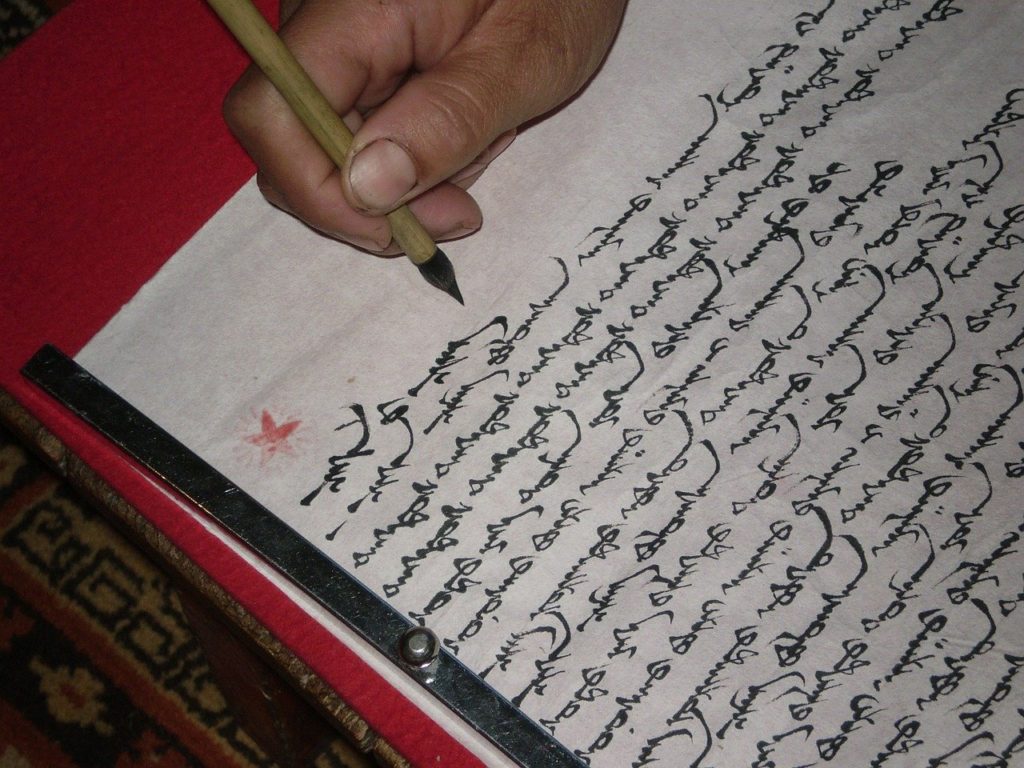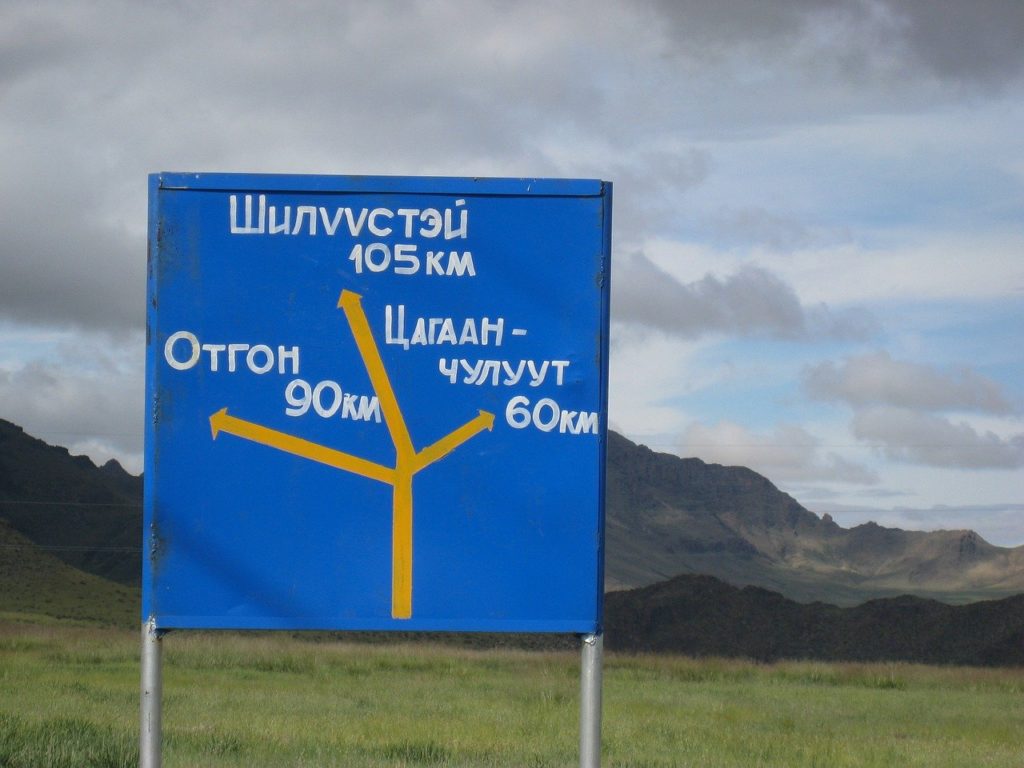| Position | Cyrillic | Romanization |
| 1 | Аа | а |
| 2 | Бб | b |
| 3 | Вв | v |
| 4 | Гг | g |
| 5 | Дд | d |
| 6 | Ее | ye |
| 7 | Ёё | yo |
| 8 | Жж | j |
| 9 | Зз | z |
| 10 | Ии | i |
| 11 | Йй | j |
| 12 | Кк | k |
| 13 | Лл | l |
| 14 | Мм | m |
| 15 | Нн | n |
| 16 | Оо | o |
| 17 | Өө | ô |
| 18 | Пп | p |
| 19 | Рр | r |
| 20 | Сс | s |
| 21 | Тт | t |
| 22 | Уу | u |
| 23 | Үү | ü |
| 24 | Фф | f |
| 25 | Хх | kh |
| 26 | Цц | ts |
| 27 | Чч | ch |
| 28 | Шш | sh |
| 29 | Щщ | shts |
| 30 | Ъъ | i |
| 31 | Ыы | ee |
| 32 | Ьь | i |
| 33 | Ээ | e |
| 34 | Юю | yu |
| 35 | Яя | ya |
What is the Cyrillic Alphabet
The Cyrillic Alphabet is an alphabet system that was founded by Cyril during the 9th century. They were Byzantine missionaries who traveled to Eastern Europe, spreading the Orthodoxy theology and the writing system. Over the years, Eastern European and Slavic people started adopted the teachings of Cyril.
The Cyrillic alphabet we know of today consists of around 30 letters, however depending on what language uses the alphabet, there may be some extra letters. When it comes to Mongolian Cyrillic there are 35 letters, 2 more than Russian Cyrillic, because the 2 extra letters allow the full range and sound of the Mongolian language to be expressed.
Why do Mongolians use Cyrillic “Russian Letters”

Mongolians have used many different alphabets during their history. From the Traditional Mongolian Script to Buddhist Sanscript, to Cyrillic, the Mongolian language was influenced by different cultures and languages.
Though the root grammar and the origins of the language are very different from its northern and southern neighbors, many words were borrowed and adapted, but nothing that affected grammar.
However, for political and economical reasons since Mongolia’s independence in 1911, Mongolians needed a new alphabet system to further solidify their independence from Qing rule. After unsuccessfully trying to implement the Latin Alphabet during the 1930s, the Mongolian government made the decision to go with Cyrillic.
There was heavy influence from the USSR to adopt the Cyrillic alphabet because they were the major trading partner of Mongolia and a much-needed ally, so for most political and economical reasons, it made the most sense to adopt the Cyrillic alphabet.
There is the wrong misconception that Mongolians speak Russian or adopted the Russian language, which is false. Mongolians speak Mongolian but just happens to use the Cyrillic Alphabet for everyday use.
How Different is it from Traditional Script?
The Cyrillic alphabet differs from the Traditional Script in many ways. While the script is written from top to bottom, the Cyrillic is written left to right.

The Traditional Script also has filler letters and words that require more space to write, which poses problems with spacing. The rules for Traditional Script are a different and direct translation from Cyrillic to Traditional Script which would cause spelling errors.
The Traditional Script also poses challenges when it comes to modern technology because there isn’t much support due to its low usage.
Will Mongolia ever revert back to Traditional Script
Since the foundation of Mongolia’s infrastructure is built on Cyrillic, reverting back to the Traditional Script would pose a lot of challenges. Though Mongolians do use the Traditional Script on certain occasions such as holidays, cultural festivals, and events, only a minority of people are fluent in the Traditional Script.

While students have to learn the Traditional Script in school for cultural reasons, the Cyrillic alphabet is here to stay because as of now, there is no need to switch.
The Cyrillic Alphabet also signifies Mongolia’s independence from Qing rule.
